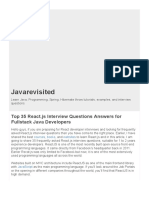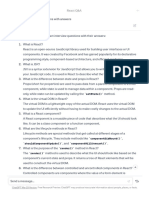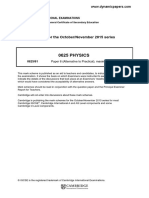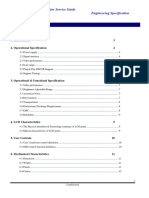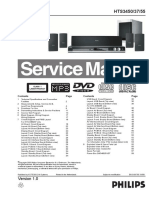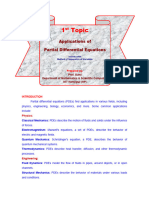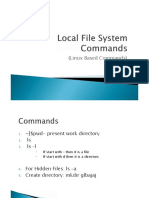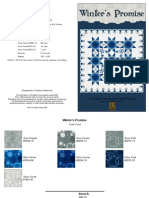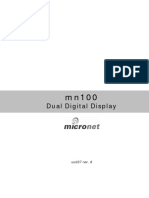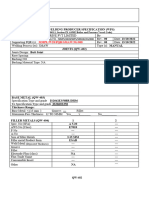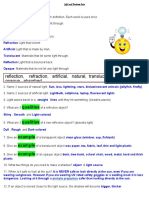0% found this document useful (0 votes)
27 views3 pagesReactJS Viva Questions Answers
The document provides a comprehensive overview of React.js, including its definition, main features, and key concepts such as virtual DOM, JSX, components, and hooks. It also covers differences between functional and class components, state vs. props, and techniques for optimizing React applications. Additionally, it includes personal reflections on learning experiences and future applications of React.js in projects.
Uploaded by
narottam.bxr0140Copyright
© © All Rights Reserved
We take content rights seriously. If you suspect this is your content, claim it here.
Available Formats
Download as PDF, TXT or read online on Scribd
0% found this document useful (0 votes)
27 views3 pagesReactJS Viva Questions Answers
The document provides a comprehensive overview of React.js, including its definition, main features, and key concepts such as virtual DOM, JSX, components, and hooks. It also covers differences between functional and class components, state vs. props, and techniques for optimizing React applications. Additionally, it includes personal reflections on learning experiences and future applications of React.js in projects.
Uploaded by
narottam.bxr0140Copyright
© © All Rights Reserved
We take content rights seriously. If you suspect this is your content, claim it here.
Available Formats
Download as PDF, TXT or read online on Scribd
/ 3

























